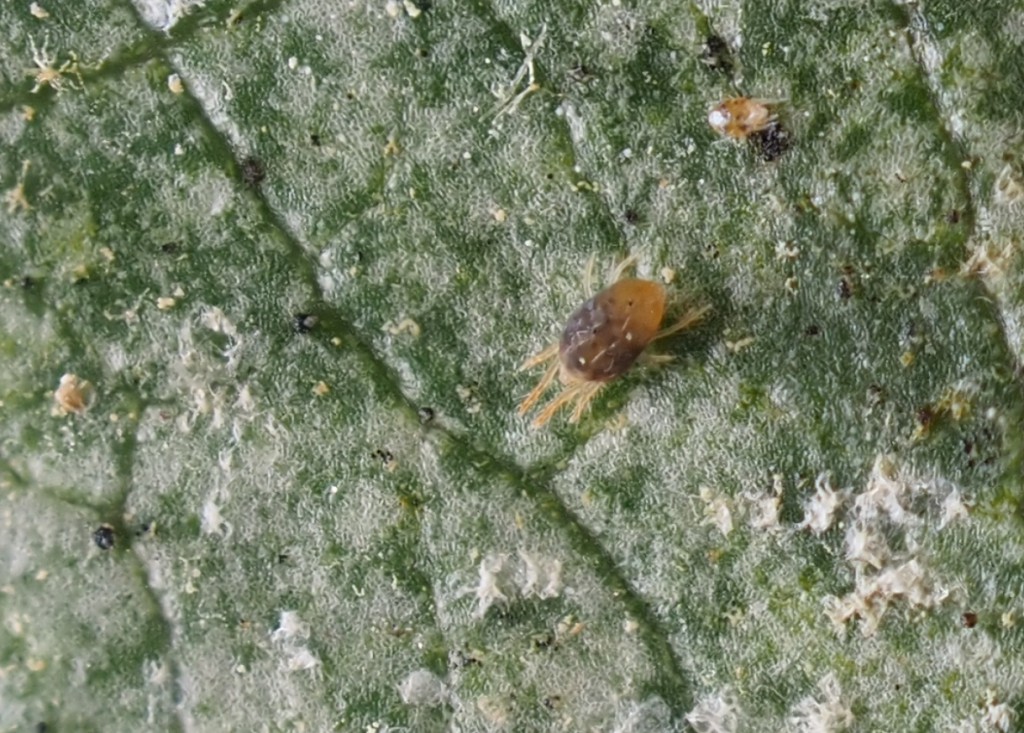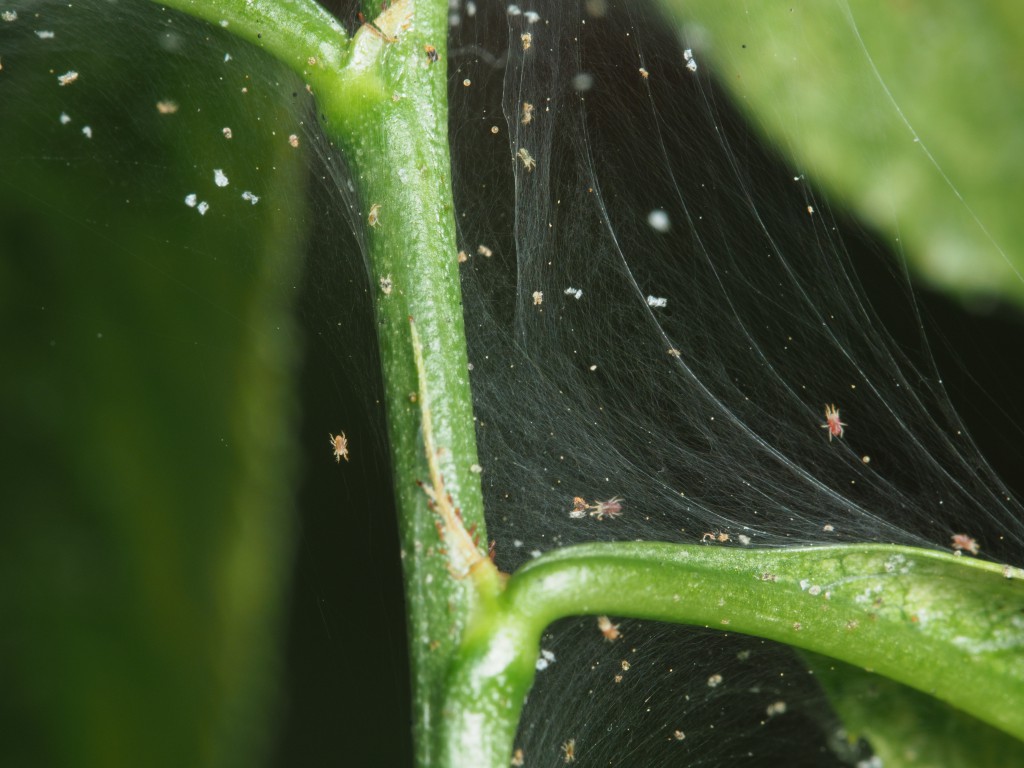
By Clint Thompson
Hot and dry weather conditions in the Southeast this summer are ideal for spider mites. Unfortunately, they have appeared in multiple crops, according to University of Georgia (UGA) Extension specialists.

“The dry weather and heat is bad for (San Jose) scale but it is fantastic for mites. I’ve seen more mites in peaches than I probably have seen in the past six years,” said Brett Blaauw, assistant professor at the UGA College of Agricultural and Environmental Sciences.
Lingering Drought
Rain would help suppress mite populations, but the lingering drought is spreading and intensifying across the Southeast, according to the latest release of the U.S. Drought Monitor.
Blaauw said curative miticides are available for peach producers, including using Acramite, Nexter or Envidor in rotation. Peach trees can withstand mild to high mite infestations, but bronzing and webbing can also lead to defoliation, he added.
“This year with the level of pressure that we’re getting, we do run the risk of some of the trees defoliating early. That leads to problems for next year with some of the tree health. By losing the leaves too early, you can see problems the following year,” Blaauw said. “The mites aren’t going to cause a whole bunch of damage this year. They don’t feed on the fruit. They don’t cause the tree to necessarily directly die, but they can lower the health for future years by causing that leaf drop.”
Spider mites have also been problematic across multiple vegetables, including tomatoes, cucumbers and watermelons, says Stormy Sparks, UGA Extension vegetable entomologist.
“We’ve had some problems with spider mites in a variety of crops, which they love hot and dry weather,” Sparks said. “It’s a problem we can have every year but don’t. We don’t have near as much of a problem as we used to have because we quit spraying so much. You can trigger them by spraying broad spectrum insecticides like pyrethroids. If you get spider mites, it’s miticides that you have to use.
“You can (also) guarantee you’re going to have spider mites in strawberries. They hit so many different crops that the potential to have them is always there, particularly when it’s hot and dry.”









